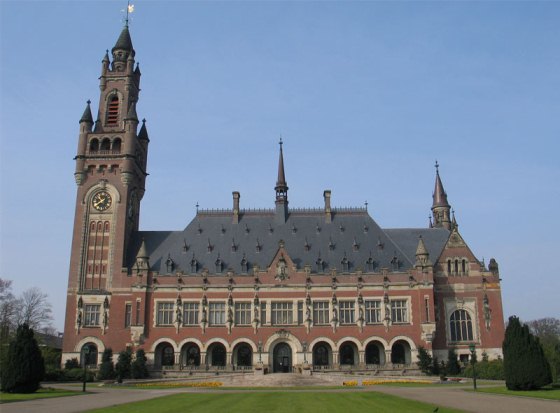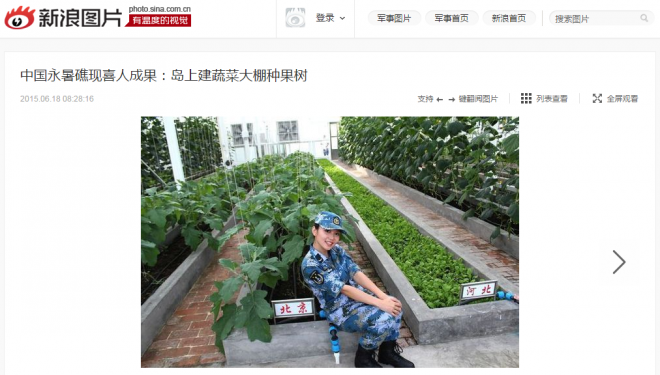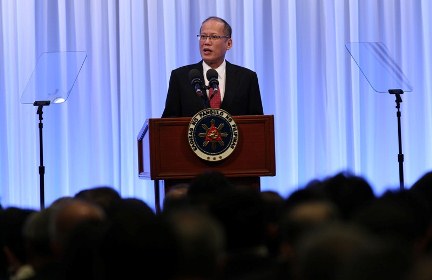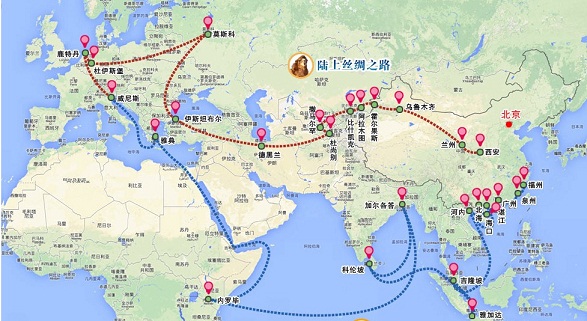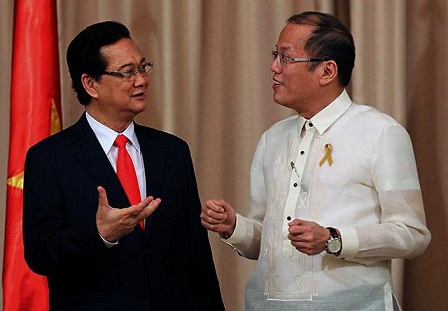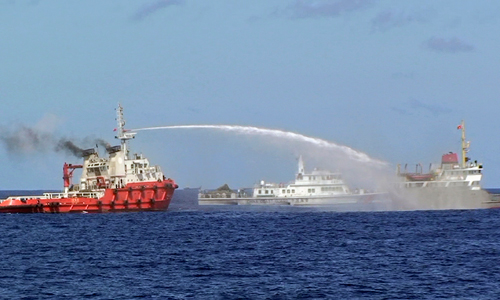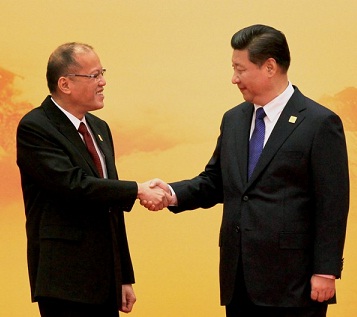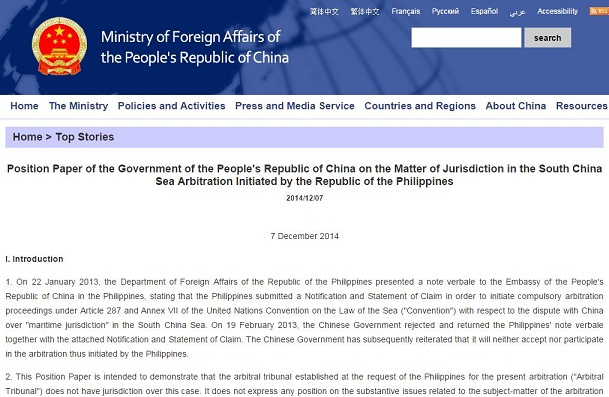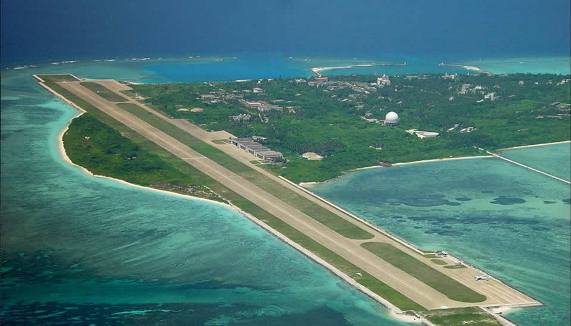
The Republic of China (ROC) or Taiwan has its issue with mainland China (PROC-People’s Republic of China) but in matters of ownership of almost the whole of South China Sea, they have the same line.
In the statement released by Taiwan Tuesday, it asserted that Nansha islands also known as Spratly Islands; Shisha (Paracel) islands, Chungsha Islands Macclesfield Bank) and Tungsha (Pratas) Islands, as well as their surrounding waters, are an inherent part of ROC territory and waters.
“As the ROC enjoys all rights to these island groups and their surrounding waters in accordance with international law, the ROC government does not recognize any claim to sovereignty over, or occupation of, these areas by other countries, irrespective of the reasons put forward or methods used for such claim or occupation,” the statement said.

